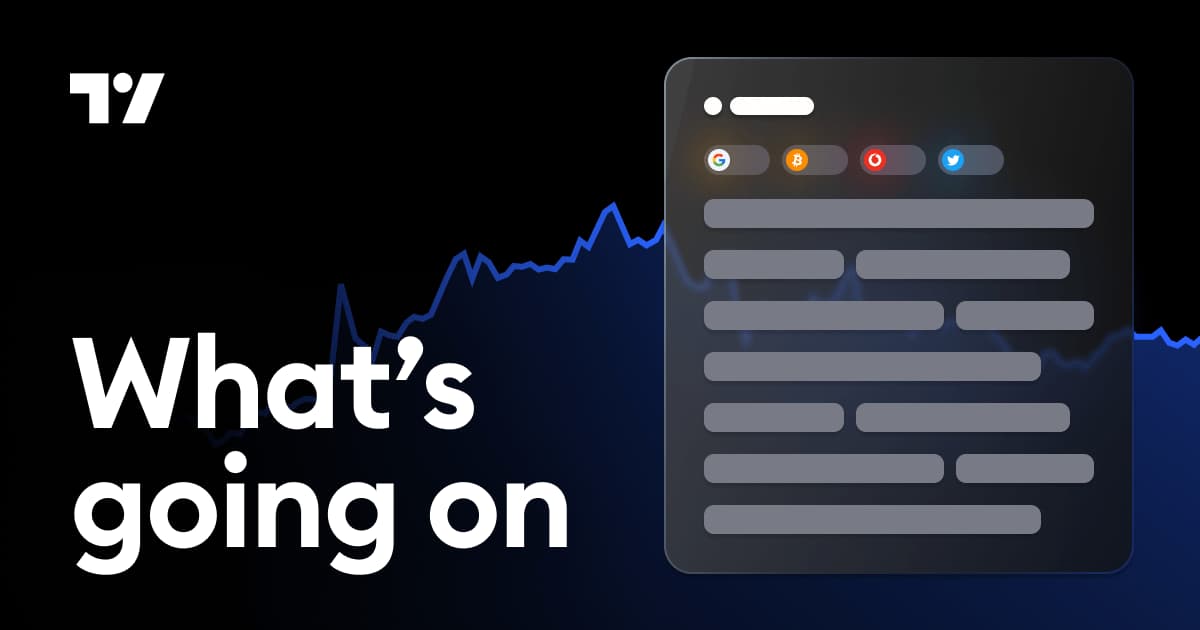“…the technical backdrop has not changed much from last week, when I concluded that the short-term could be choppy… Multiple levels of support reside just below, starting with the 50-day moving average, which comes into the week at 5,940. Below that is the 5,870-5,880 area, home to the mid-October high before a short-term pullback and the mid-November lows. Finally, the off-the-radar (but sometimes important) 80-day moving average is at 5,845.”
-Monday Morning Outlook, December 30, 2024
After the S&P 500 Index (SPX — 5,942.47) gapped below its 50-day moving average last Monday, which followed a weekly close below its early-to-mid November highs, price action continued to be choppy for the rest of the week, which I anticipated could occur in a commentary going into Christmas week.
Bears have exerted control in the 6,000 area and immediately above, whereas bulls have exerted control in the 5,840-5,880 area below, with 5,880 representing the mid-October high, the 80-day moving average and, coincidentally (or perhaps not), the 2024 close at 5,882.
The non-directional action occurred on the heels of a bearish “outside day” that came after the Fed cut the federal funds rate by 25 basis points on Dec. 18, and suggested that rate cuts in 2025 may be fewer than initially forecasted.
In fact, after the post-election gap higher and follow-through buying in the immediate days after the early November rate cut, the SPX is lower and trading mostly in a range. Its 20-day moving average is now pointing lower, a measure of its short-term directional trend, while its 50-day moving average marked Friday’s high.
But the SPX experienced an all-time closing high early last month and is sitting only about 2.5% below that high, with intermediate-term support levels proving burdensome for bears, resulting in two-steps back followed by two-steps forward price action.
A technical risk to bulls, in addition to the bearish short-term direction, is a break of support levels mentioned above, followed by a convincing move and close below the November and late December lows in the 5,840-5,850 area.
Per the chart below, the SPX’s 5,840-5,850 area represents the neckline of a potential “head and shoulder” topping pattern. It is the opposite of the inverse “head and shoulder” bullish pattern that I pointed out after the mid-September breakout above the neckline.
In this case, a move below the neckline in the 5,840-5,850 area would complete a bearish “head and shoulder” top, which is seen with the circles and in the chart below. The green horizontal lines mark the neckline.
If the SPX closes below the neckline, the pattern would be complete with a target to 5,580 in a two-month period. The 5,580 area is just below the peaks in July and August and just above the current site of the SPX’s 200-day moving average at 5,560.
This is something to monitor in the days and weeks ahead, with a reminder that the pattern is not in place until the neckline is violated to the downside.

The sentiment backdrop remains mixed.
It is still a highly shorted market, a theme throughout 2024 that continues into this year. In the absence of major technical damage, a highly shorted market favors the bulls, as the shorts who are in losing positions may use pullbacks to exit losing positions, which could be supportive during pullbacks like we saw in July and August, and like we are experiencing now.
But the choppy price action of late continues to wring out extremes in optimism in other areas of the market that were notably apparent last month. For example, in the latest American Association of Individual Investor (AAII) survey, only 35% were bullish, down from 48% at this time last month.
Moreover, the most recent reading in the National Association of Active Investment Manager’s (NAAIM) exposure index was 64.10, down from 99.2 in the middle of last month (100 representing fully invested).
Finally, per the chart below, equity put buying relative to call buying on SPX component stocks continues to increase from a multi-year low in the ratio last month. Market weakness usually occurs when this ratio turns higher from an extreme low. This sentiment-based tool is waving a red flag with the short-term direction of the market lower.
If these groups continue the path of moving from an optimistic extreme to an outlook of extreme pessimism, this will likely have a negative coincidental impact on the market. But the other scenario is that these groups may need to see further damage in the market’s price action before moving to a pessimistic extreme from what might be viewed as a neutral outlook at present.
Continue to monitor support levels mentioned above, as a break of these levels may incentive those that have recently become less bullish to become more bearish and potentially pressure the market further.

Todd Salamone is the V.P. of Research at Schaeffer’s Investment Research.
Continue Reading:



